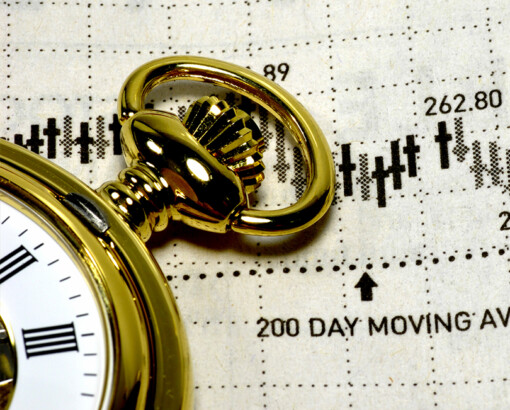With no short list of worries for investors (i.e., inflation, rising interest rates, political division, war in Europe to name a few), optimism about the economic outlook and markets is in short supply. We have been known to lean toward the cynical, cautious view for some time and while we aren’t “perma bears” about the markets, we are guilty of our share of pessimism. Moreover, we are willing to share our cautious outlook with anyone who wants our opinion.
Knowing that we lean toward a cautious view, it is not unreasonable for inquiring minds to ask why we would own equities given all the worries of the world. A recent overview by Nick Colas at Datatrek highlighted why pessimism may inform our investment decisions on the margin, but we are inclined to be long‐term investors for the core of our equity holdings.
As Nick described last week, the S&P 500 has appreciated 167% in the last decade. Strategists often note how important being invested for the best 10 or 20 days of the year is to long term success. In the Datatrek work, they took a slightly different approach and concluded that 23 days (out of 2,517 trading days), were responsible for all of the market’s gains. That is an interesting fact, but it is of limited use unless you can know those days in advance, and no one can. The impossibility of knowing the future is part of the rationale for staying invested. You really want to own stocks on those 23 days.
The problem is that there are also some really difficult days in the market. In fact, over that same ten years, just 19 days (many of them in 2020), would have completely erased the gains of the best 23 days. 19 bad days wipe out 23 good days out of 2,517 days. The big extremes, which often excite our emotions and get our blood flowing, don’t actually matter in the growth of assets over time.
What does matter is the slow grind and compounding. Over those ten years, Datatrek notes that the market was up 1,364 days (an average of .71%) and down 1,153 days (down an average of .74%). The 211 “extra” up days of the market versus the down days drove the cumulative 167% return. Think of this as an example of compounding (the 8th wonder of the world) hard at work.
These observations don’t tell us to ignore risks and bad news. However, old trading wisdom notes that the “game is rigged to the upside.” We always want to remember that particularly when we have trouble finding the silver lining among the clouds.



